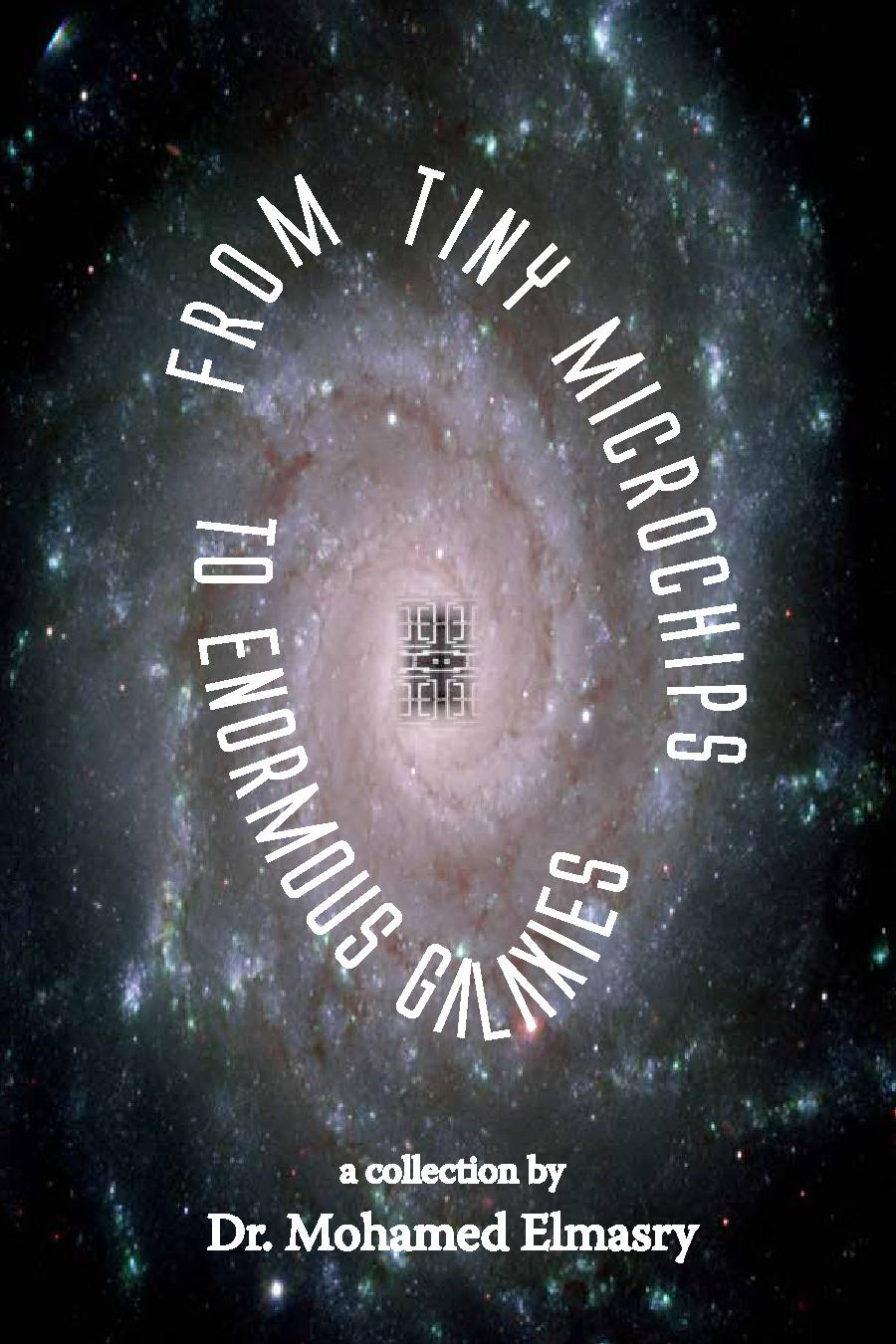June 11, 2019
My Bucket List now includes visiting the cosmos
Ever since I was a teenager growing up in Cairo, Egypt, I dreamed of visiting many countries of the world … maybe even all of them! Over the past five decades, I've averaged about one new one a year, but there are far more than 50, so I still have quite a number to cover.
Recently, however, I read Prof Jim Bell's The Ultimate Interplanetary Travel Guide. Now I am tempted to add to a few more destinations to my “bucket list” – these ones in outer space.
Now don’t get me wrong:
I am not one of those adventure travelers obsessed with setting foot in as many foreign places as possible.
In fact, I question what makes people organize week-long treks across Egypt's harsh Western desert – and on the backs of camels no less?
All that rigor to marvel over sand dunes? Or watch flowers spring up every morning with the sparse mountain dew, only to die at the end of the day? Or experience the gritty discomfort of sandstorms?
Or hunt for wild rabbits? Or alternately swelter in mid-day heat and shiver through frost-covered nights? And for all that “adventure,” you live in a tent with no electricity, toilet, running water, or internet.
Similarly, when traveling to seacoast countries, you won’t find me adventurously scuba-diving (I could not find a suit to fit), nor do I join those who love to climb mountains on land.
In fact, I engage in the more extreme kinds of travel adventure by watching Natural Geographic, at home.
But Jim Bell’s excellent travel guide to our own solar system truly captured my adventuring imagination with “practical” information such as; what to pack, places to visit, local traditions, preparing before you go, local history, getting there, fine dining, popular sports, family attractions, the best views, and even some of the potential hazards.
As a professor at Arizona State University's School of Earth and Space Exploration and president of The Planetary Society, Prof Bell is an active and prolific writer on space exploration with no less than six books to his credit. And he’s even recognized “out there” with asteroid 8146 jimbell named in his honor.
"I believe it is inevitable that humanity will one day become a multi-planet-and-multi-star-system-species," says Bell. "We will be motivated by our spirit of wanderlust, by our strong desire to live lives full of new experiences and challenges – the same motivation that drives the enormous tourism industry here on Earth."
He continues: "The solar system is big, and even with reasonably assumed advanced-propulsion technologies, we are still likely measure travel times to solar system destinations in weeks at best – and more likely in months or even years."
Undaunted, I’ve selected the Moon for my first outer space trip and there are multiple reasons why.
Since ancient times, romantic moonlit nights have inspired poets. In Arab culture, as in others, the full moon is an image of ultimate natural beauty. And from Western popular culture I love the classic 1970s song, Moonshadow by the iconic Cat Stevens (Yusuf Islam).
In more practical terms, the Moon’s light has long guided travelers and its 29.5-day month forms the basis of the Islamic lunar calendar. Another practical reason for choosing the Moon is that it’s the Earth's closest celestial companion.
At just 384,000 km or 1.28 light-seconds away (visualize about 30 times the diameter of Earth), it’s right next door in galactic terms. So, depending on your launch window and orbital trajectory, getting there can take as little as six to eight hours, or as long as three days.
"Moreover,” notes Dr. Bell, “the Moon is about a quarter the diameter of Earth, and its total surface is little more than the size of Asia; that makes for a lot of places to discover and explore."
That handy proximity prompted me to delve a little deeper into The Ultimate Interplanetary Travel Guide and get to know my destination better.
I’ve learned that the Moon is thought to have formed about 4.51 billion years ago (not too long after Earth) from the debris of a giant collision between Earth and a Mars-sized stellar body. It is the fifth-largest satellite in our solar system, but largest in relation to the size of the planet it accompanies.
The Moon travels in what is called a “synchronous” orbit around Earth, which means that it always shows us the same side. Its surface is actually dark, yet thanks to reflected light, the Moon is the second-brightest permanently visible celestial object in the sky, next to the Sun. Its orbit is also close enough to influence Earth’s gravity, which produces our ocean tides.
Dr. Bell’s guide notes that the best “selfie” in our solar system is one taken from the Moon where you can pose yourself with Earth in the background, but it’s important to know when, where and how.
Other essential facts to know before visiting the Moon include its extreme temperatures and low gravity.
Lunar temperatures can range anywhere from -233 to +122 degrees Celsius, depending on time and location. The chief reason for these extreme temperature differences is the Moon lack of an atmosphere. This is because the Moon has little gravity to hang on to a gas blanket; the Moon's atmospheric pressures is much less than a billionth of the Earth's atmospheric pressure.
Adventurous travelers wanting to explore outside a thermally-controlled Moon base, must ensure they have the right spacesuit for this harsh environment. If you’re not sure your suit is up to the challenge of such a severe climate, the best advice is to rely on the “locals,” lunar engineers and experienced tour guides.
And because the Moon is so much smaller than Earth, it has lower surface gravity, meaning you’ll weigh a mere 16% of what you weigh back home. For me, that would translate to just 35 pounds! Although this might seem like good news for weight-watchers, there are some bothersome downsides as well: it will be more difficult to walk, and without special low-gravity exercises, before long I would lose the use of my muscles. Space travelers have to work hard to get used to their "space legs."
You must also become accustomed to the extended lunar day-night cycle. The Moon’s “day” is about 700 hours long and about 350 of those hours are in darkness. But there are various ways to prepare for spending so much time in the dark. Like nocturnal animals back on Earth, many people choose to live underground and enjoy some of the many indoor activities available at lunar bases, which fortunately maintain 12-hour day/night schedules thanks to artificial lighting.
Now I know you want to ask about the costs. Currently, you’ll have to pay upwards of $250,000 per trip, but the price will come down as space travel becomes more popular and generates more competition for tourism dollars.
There are several possible ways to find cheaper flights.
One is to search out a permanent job or retirement residence on the Moon and make it a one-way trip. The second is to watch for special space travel agent promotions, such as going stand-by and hoping there’s a cancellation. And the third is to join a tour group.
But Dr. Bell’s guide does caution against deferring your trip too long; another little-known fact is that the Moon's distance from Earth is gradually increasing.
So, it seems I will be enjoying my views of the Moon from Earth for some time to come while it is still on my bucket list. What about you?








